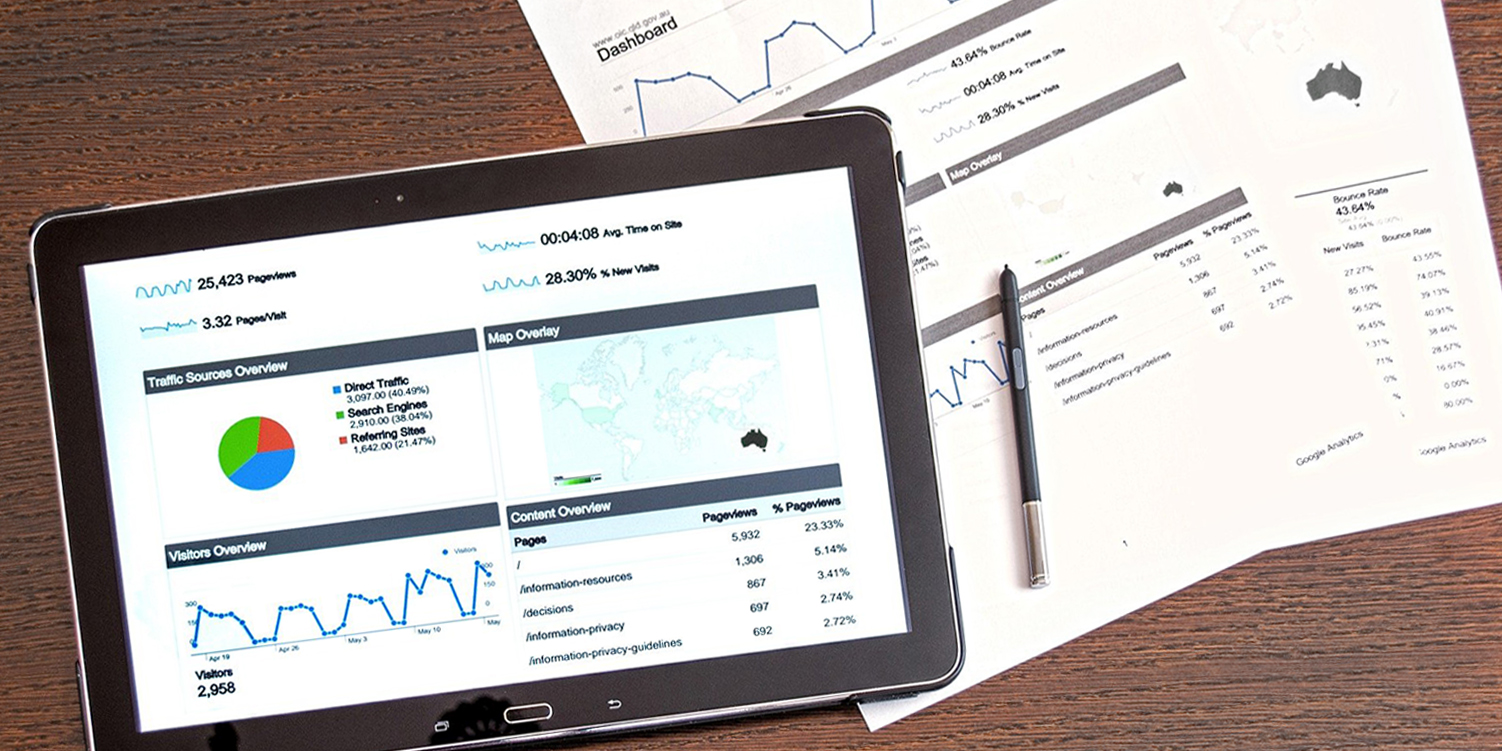Which is best for your facility – a Computerized Maintenance Management System (CMMS) or an Integrated Workplace Management System (IWMS)? In facilities management, there's a never-ending list of acronyms and an unrelenting debate over which system is best for your organization. But picking between a CMMS and an IWMS isn’t about choosing one over the other forever. It’s more like selecting between a bunch of grapes and managing an entire vineyard: one gives you exactly what you need today, while the other provides the framework to scale, plan, and sustain your operations for the long haul. Understanding what each one does (and which is best for your organization) is key to making informed decisions.
This article explores the difference between a Computerized Maintenance Management System (CMMS) and an Integrated Workplace Management System (IWMS) so you can determine which solution aligns best with your facility's needs.
First, let’s take a look at the CMMS.
What Is a CMMS?
A Computerized Maintenance Management System (CMMS) is designed to manage the core maintenance functions within a facility. It helps teams plan, track, and optimize maintenance activities, focusing on:
- Equipment Maintenance: Manage preventive and corrective maintenance for critical systems like HVAC, boilers, and more.
- Work Tracking: Monitor open work orders, assign tasks, and track progress.
- Cost Control: Capture the costs of maintenance work, including labor and parts.
- Asset Location: Know where equipment and assets are located on campus.
- Labor Resource Management: Track technician availability and assignments.
The primary purpose of a CMMS is tracking and managing maintenance needs for an organization, ensuring accurate tracking and prioritization of work to reduce equipment downtime and avoid costly repairs. More simply, a CMMS keeps tabs on both preventive and reactive maintenance.
Now, the other part of the equation.
What is an IWMS?
An Integrated Workplace Management System, or IWMS (our favorite) is a complete facilities management tool that supports multiple areas of facilities management and adjacent teams. It goes beyond just maintenance and integrates core operational functions into a single system to help manage the full lifecycle of your facility. An IWMS supports the five major pillars of facilities management:
- Capital Planning and Project Management
- Real Estate and Property Management
- Operations and Maintenance (similar to a CMMS, but much more vast)
The strength of an IWMS lies in its ability to connect these areas, supporting better communication, more holistic decision-making, fosters accountability, and long-term planning across departments. Your facilities department doesn't operate in a silo, and neither should your facilities management software. After all, one aspect of facilities management impacts all other areas of your campus. A broken boiler affects maintenance, but it can also impact energy management, space management, and budgets. That is why an IWMS typically connects to other systems core to the organization's business functions, such as HR, Purchasing, and Accounting. A modern IWMS also has a platform for effective community engagement that streamlines requests and communication.
CMMS vs. IWMS: What's the Difference?
Here’s a simple way to think about it:
- A CMMS is a specialized tool for managing maintenance activities. It’s great for organizations focused primarily on asset upkeep, work orders, and maintenance planning.
- An IWMS is a broader solution that manages all aspects of facilities, from maintenance to space, energy, capital projects, and real estate.
Both solutions offer significant benefits depending on your priorities:
| Feature |
CMMS |
IWMS |
| Core Focus |
Maintenance Management |
Comprehensive Facilities Management |
| Strengths |
Work order tracking, asset maintenance |
Integrated view of operations, strategic planning |
| Best For |
Maintenance teams focused on asset care |
Facilities teams seeking cross-departmental insights |
While both systems are robust in their own right, CMMS platforms often meet the needs of small to mid-sized organizations or those looking to address specific operational challenges. In contrast, an IWMS is typically best suited for larger or more complex environments, where coordination across departments, long-term planning, and system integration are priorities.
Your organization's size, structure, and goals will help determine the most appropriate approach. In some cases, a phased approach that starts with CMMS and grows into IWMS is the right fit.
Finding the Right Fit for Your Facility
Your facilities team isn't one-size-fits-all, and neither is the software you choose. Whether you need a CMMS, an IWMS, or even a hybrid approach, the key is to match the solution to the way your organization works today—and how you want it to grow tomorrow.
If you're exploring options, consider:
- Your current pain points: Is your primary need focused on maintenance, or are you managing multiple areas like space, energy, and capital planning?
- Your team's workflows: Do you need a system that integrates multiple departments or a dedicated tool for maintenance?
- Your future goals: Are you looking to scale your operations, expand sustainability efforts, or improve collaboration across campus?
Final Thoughts
Whether you choose a CMMS, an IWMS, or a combination of both, the right system should align with your facility's priorities, scale, and long-term goals. Some organizations benefit from starting with a CMMS to streamline maintenance, while others may need the broader capabilities of an IWMS to manage complex, campus-wide operations.
It's not about choosing one "better" system—it's about selecting the right fit for your team's needs today, with flexibility to grow in the future.
We support both CMMS and IWMS approaches, and we're here to help you explore which solution (or combination) works best for your organization.
Subscribe to AssetWorks' Blog & Newsletter
We send out periodic updates to our facilities community.






